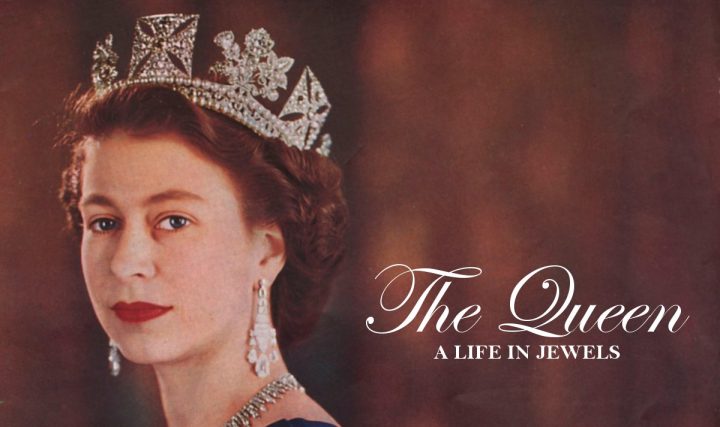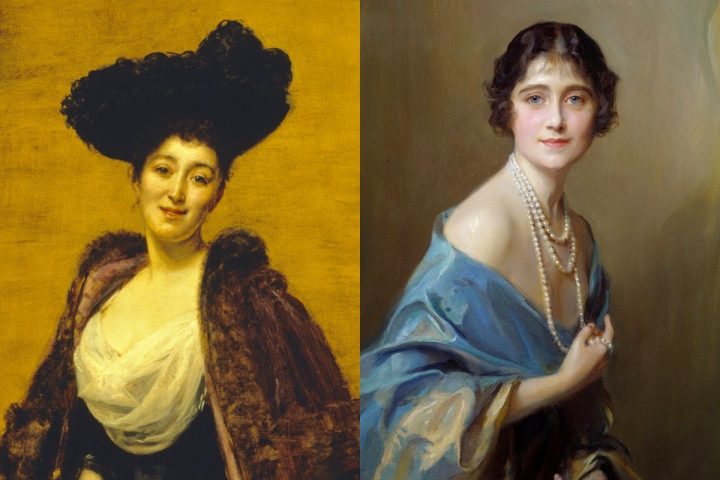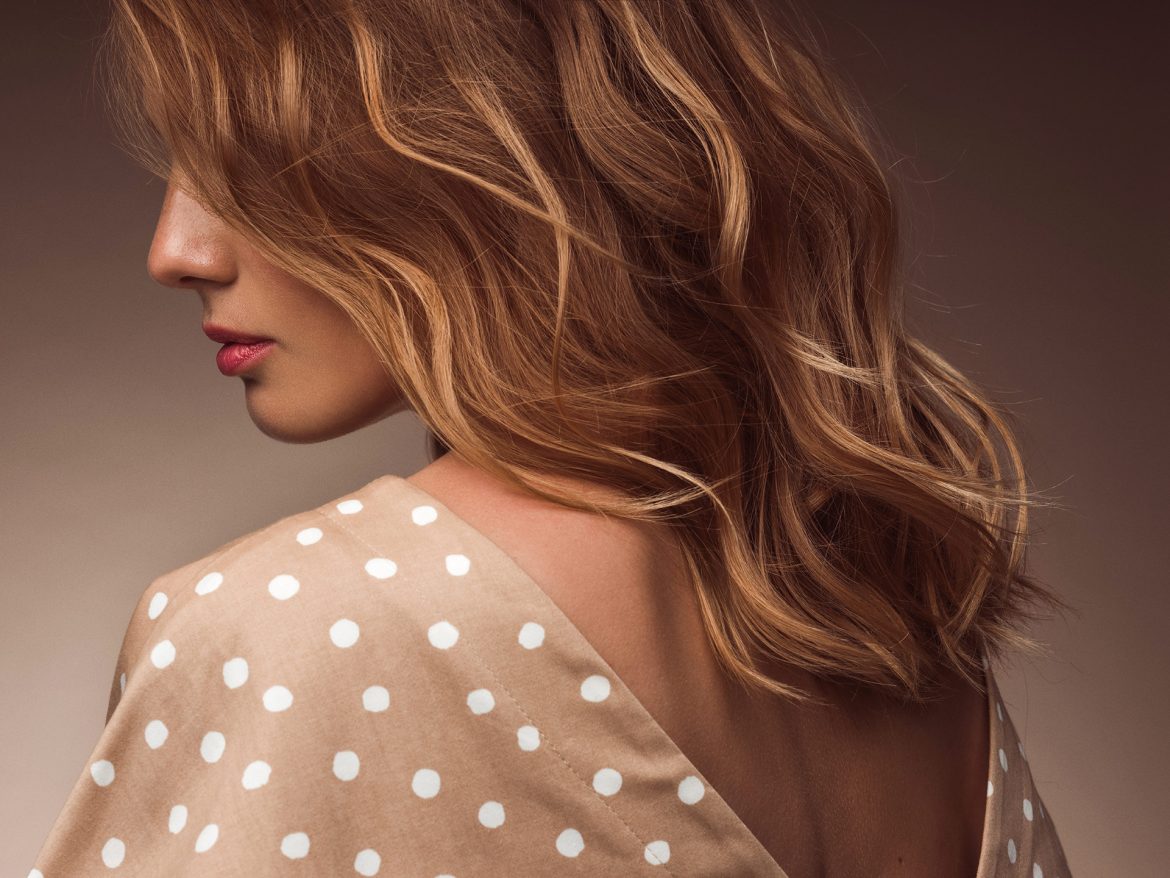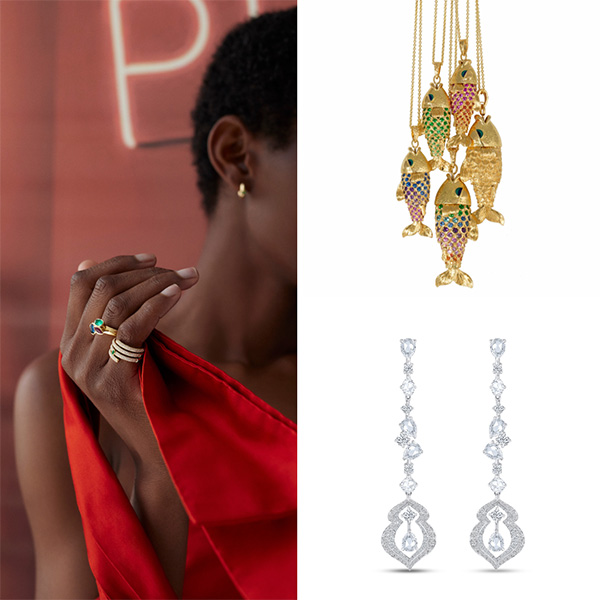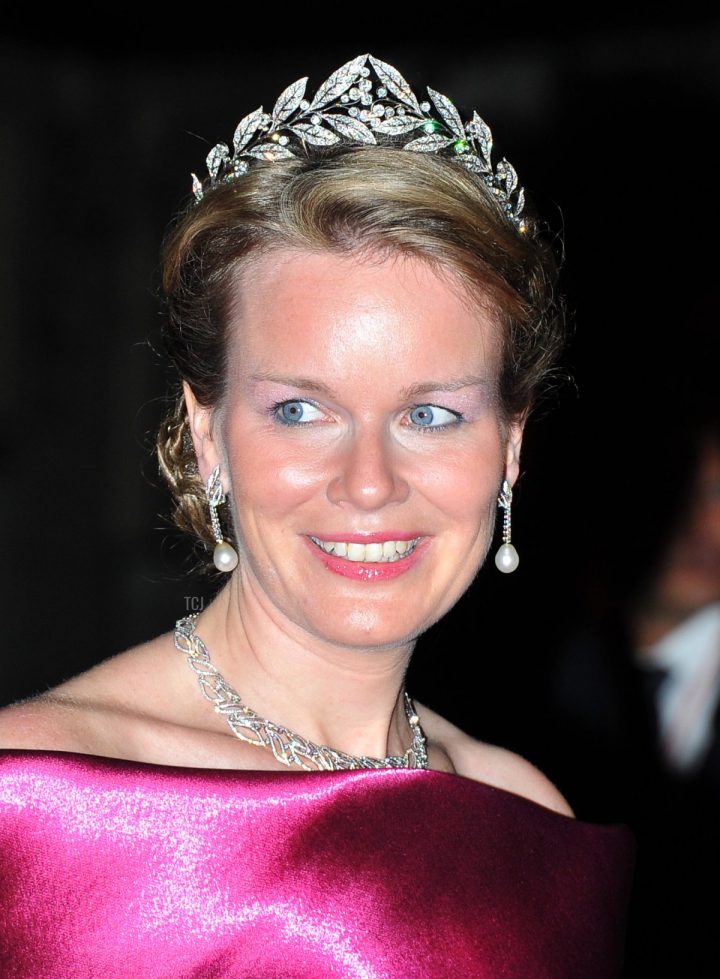A 3 carat engagement ring is something that is gaining more attention from the common folk. Celebrities love to flaunt their blindingly huge 20-carat engagement rings that cost a fortune, however, if you’re a regular couple who is in love, yet would want that to translate into the ring’s cost, then a 3 carat engagement ring might be what you’re looking for.
A 3 carat engagement ring is already considered as a big engagement ring. The typical engagement ring ranges from 1 – 2 carats, which means that a 3 carat engagement ring is already huge. However, it’s important to note that a 3 carat engagement ring – while it is typically large compared to the standard sizes of engagement rings – that a 3 carat engagement ring does not necessarily look like it. Meaning, a 3 carat engagement ring doesn’t always mean it’s a huge stone all the time.
Here are some of the most popular alternatives to a 3 carat engagement ring, if you’re looking for something similar in terms of style. Here are the current best engagement ring styles:
- Solitaire Setting
- Bezel Setting
- Tiffany Setting
- Tension Setting
- Prong Setting
- Halo Rings
- Pave Setting
- Three Stone Rings
- Channel Setting
- Cathedral Setting
If you want to be more up front with your engagement ring choices (just like a 3 carat engagement ring) then Italo Jewelry might be the perfect jewelry store for you! Head on over to Italo Jewelry’s official website to have several options to choose from when it comes to quality engagement rings, as well as other wedding jewelry!
Top 10 3 Carat Engagement Ring On italojewelry
Classic Half Eternity Engagement Ring
This Classic Half Eternity Engagement Ring is a simple yet classical looking ring, which highlights a centerpiece stone. It is made of 925 sterling silver, has a stone weight of 2.75 carats, and a total weight of 3.4 g. It has sapphire gems which has a primary color of white, round-cut, and a 4 prong stone setting. The side stones are of the same color and stone cut, except that its stone setting is prong. It truly represents pure white and traditional engagement rings!
Italo Three Stone Cushion Created White Sapphire Engagement Ring
This three stone engagement ring has a white cushion stone cut sapphire gems with double prong stone setting as its primary stone, while the side stones are white sapphires made of trillion stone cut with a prong stone setting. The total stone weight is 3.00 carats, and has a total weight of 3.25 g which makes it suitable option for a wedding ring.
Italo Radiant Solitaire Created White Sapphire Engagement Ring
The radiant is a very versatile choice and looks equally beautiful in a setting with baguette or round side diamonds. The celebrity style for this ring is Jennifer Aniston. American Vogue mentioned, ‘Women who like radiant cuts tend to be bubbly and outgoing.This Radiant Solitaire Created White Sapphire Engagement Ring is made of 925 sterling silver metal,The center stone is a Radiant cut created White Sapphire Type,Center Stone Weight 3.00 CT., and the ring Total Weight 5.9 g. This Engagement Ring impresses with unique design.
Half Eternity Six Prong Engagement Ring
Eternity rings are usually gifted to mark an important milestone in life. an eternity ring is seen as a symbol of everlasting love and commitment. Regardless of when you choose to present it, an eternity ring will always be a symbol of luxury, health, prosperity and the desire for never-ending love and happiness that couples wish to share. This Half Eternity Six Prong Engagement Ring is made of 925 sterling silver metal,The center stone is a Round cut created White Sapphire,Center Stone Weight 3.00 CT., and the ring Total Weight 3.4 g. This Six Prong Engagement Ring impresses with unique design.
Double Prong Three Stone White Cushion Cut Engagement Ring
Three stone rings are a popular choice for both engagement rings or anniversary presents. For many people, the three stones act as symbols for the past, present, and future. Alternatively, such rings might be known among certain religious groups as Trinity Rings, with the stones symbolizing the Biblical Father, Son, and Holy Ghost. In whatever form it takes, a three stone ring can bear a strong personal significance for the wearer. This Double Prong Three Stone White Cushion Cut Engagement Ring is made of 925 sterling silver metal,The center stone is a Cushion cut created White Sapphire,Center Stone Weight 3.00 CT., and the ring Total Weight 5.33 g. This ring impresses with unique design.
Double Hidden Halo Radiant Cut Engagement Ring
This Double Hidden Halo Radiant Cut Engagement Ring is made of 925 sterling silver metal,The center stone is a Radiant cut created White Sapphire,Center Stone Weight 3.00 CT., and the ring Total Weight 7.80 g. This ring impresses with unique design.
Italo Three Stone Pear Created White Sapphire Engagement Ring
Three stone rings are a popular choice for both engagement rings or anniversary presents. For many people, the three stones act as symbols for the past, present, and future. Alternatively, such rings might be known among certain religious groups as Trinity Rings, with the stones symbolizing the Biblical Father, Son, and Holy Ghost. In whatever form it takes, a three stone ring can bear a strong personal significance for the wearer. This Three Stone Pear Created White Sapphire Engagement Ring is made of 925 sterling silver metal,The center stone is a Pear cut created White Sapphire,Center Stone Weight 3.00 CT., and the ring Total Weight 3.9 g. This ring impresses with unique design.
Italo Halo Cushion Created White Sapphire Engagement Ring
A captivating Halo Cushion Engagement Ring is made with dazzliing white,cushion-cut sapphire gem at the center and holds a total stone weight of 3.00 CT.,gives the look with elegance and radiant style.This ring is made in 925 sterling silver metal with a total weight of 4.75 g.This ring impresses with unique design.
Eternity Oval Shank Engagement Ring
Eternity rings are usually gifted to mark an important milestone in life.an eternity ring is seen as a symbol of everlasting love and commitment.Regardless of when you choose to present it,an eternity ring will always be a symbol of luxury,health,prosperity and the desire for never-ending love and happiness that couples wish to share.This Eternity Oval Shank Engagement Ring center stone is a Round cut created White Sapphire,Center Stone Weight 3.00 CT.,and the ring Total Weight 6.5 g.This ring impresses with unique design.A classy and dazzling Oval Shank ring made of 925 Sterling Silver with White Sapphire gem making it more gorgeous because of its oval and round white sidestone.
Italo Cushion Rose Gold Created White Sapphire Engagement Ring
This Cushion Rose Gold Created White Sapphire Engagement Ring is made of 925 sterling silver metal,The center stone is a Cushion cut created White Sapphire,Center Stone Weight 3.00 CT., and the ring Total Weight 5.5 g. This ring impresses with unique design.

